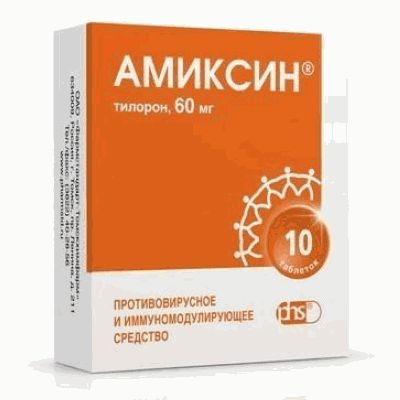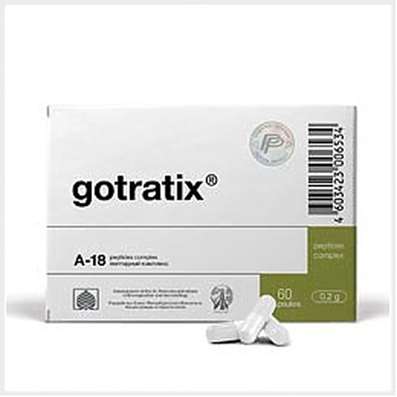Instruction for use: Urofollitropin (Urofollitropinum)
I want this, give me price
Chemical name:
Purified lyophilized powder containing FSH and minor amounts of LH, obtained from the urine of postmenopausal women
Pharmacological group
Hormones of the hypothalamus, pituitary gland, gonadotropins and their antagonists
Nosological classification (ICD-10)
E28.2 Polycystic ovary syndrome
Stein-Levental Syndrome, Polycystic ovary, Polycystic ovary syndrome, Stein-Levental Syndrome, Sclerokrostoznaya disease of the ovaries, Stein-Leventhal syndrome, Polycystic ovary syndrome
N97 Female infertility
Female infertility in anovulation, Hyperprolactinemic infertility, Hyperprolactinaemia with infertility, Endocrine infertility, Infertility due to hypothalamic-pituitary dysfunction, Infertility infertility, Infertility, Infertility on the background of hyperprolactinaemia, Functional infertility, Marriage is infertile, Infertility of ovarian genesis, Stimulation of the growth of a single follicle
Pharmacology
The pharmacological action is estrogen-like.
Follicle-stimulating hormone reacts with specific receptors on the surface of small granular cells of the ovaries and sterile cells in the testes: these receptors are bound to adenylate cyclase by the guanine nucleotide regulatory protein (Gs protein). Activation of receptors leads to an increase in the concentration of intracellular cAMP and the accumulation of mitochondrial enzyme complexes that oxidize the side chain of cholesterol to form pregnenolone (an intermediate in the synthesis of female and male sex hormones), the amount of which is directly proportional to the content of intracellular cholesterol. It stimulates gametogenesis and maturation of follicles in women and in men regulates spermatogenesis (increases the production androgensvyazyvayuschego protein).
Indications
Polycystic ovary syndrome (with a high ratio LTG / FSH and ineffective therapy with clomiphene citrate), infertility, ovarian origin.
Contraindications
Hypersensitivity, high FSH levels in primary ovarian failure, decompensated thyroid and adrenal gland pathology, pituitary tumors, infertility not associated with ovarian failure, metrorrhagia, etc. bleeding not established etiology, ovarian enlargement (except polycystic ovary syndrome), pregnancy, breast-feeding (at the time of treatment should abandon breastfeeding).
Side effects
Dyspeptic disorders (nausea, vomiting, diarrhea, epigastric pain, flatulence), headache, lung atelectasis, respiratory distress, noncardiogenic pulmonary edema, ovarian hyperstimulation syndrome, thromboembolic complications, formation of multiple ovarian cysts, mammary gland thickening, hemoperitoneum, increased probability ectopic and multiple gestation, fetal chromosomal abnormalities (trisomy 13 and 18 pairs of chromosomes), allergic reaction (skin rash and pruritus, alopecia, fever, arthralgia, mia ogy, general weakness), injection site reactions (redness, induration and tenderness).
Overdose
Symptoms: ovarian hyperstimulation syndrome (ovarian hypertension, abdominal pain, nausea, vomiting, diarrhea, weight gain, oliguria, ascites, hydrothorax, hemoperitoneum, hemoconcentration, dyspnea) and thromboembolic complications.
The treatment consists of three phases: I - is aimed at decreasing the concentration of the hormone in the blood and preventing the development of thromboembolic complications (pneumonia, acute renal failure, it is in / in the administration of small amounts of albumin, with a constant control of the electrolytes in the blood and hematocrit. - starts after the stabilization condition of the patient and should reduce the liquid content in the body cavities, for which / in small amounts administered hypertonic sodium chloride and the album ina III -. aims to prevent the development of pulmonary edema associated with massive fluid entering from the body cavities into the bloodstream, and includes the use of diuretics (for constant monitoring and hematocrit content of electrolytes in the blood plasma).
Routes of administration
In / m (intramuscularly).

 Cart
Cart





